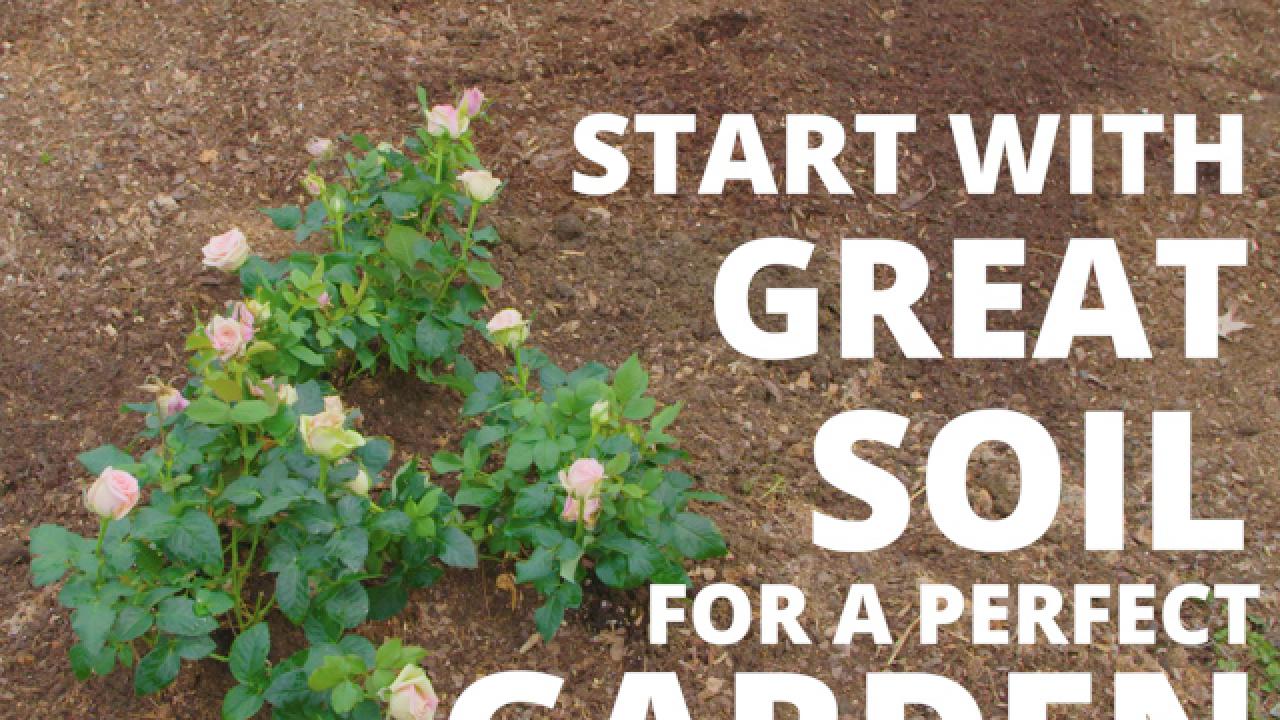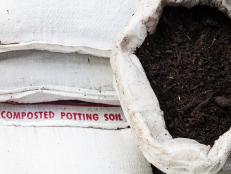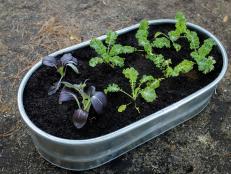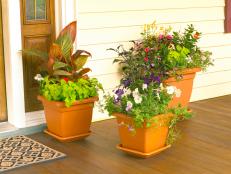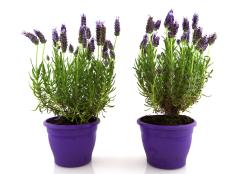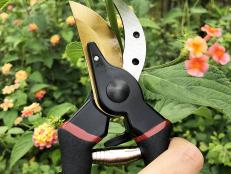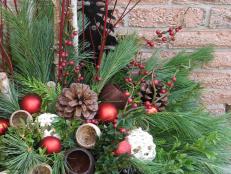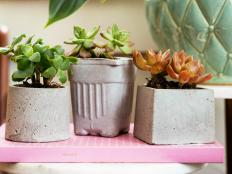Can You Mix Potting Soil With Garden Soil?
Potting soil and garden soil are different, and they have different uses in the garden. Learn more about these materials, what they contain, and when to combine them — and when not to.
Potting soil can be mixed with garden soil for particular cases such as raised beds, but it’s not a good mix for containers. Learn more about these different types of soil and how to use them in various types of gardens.
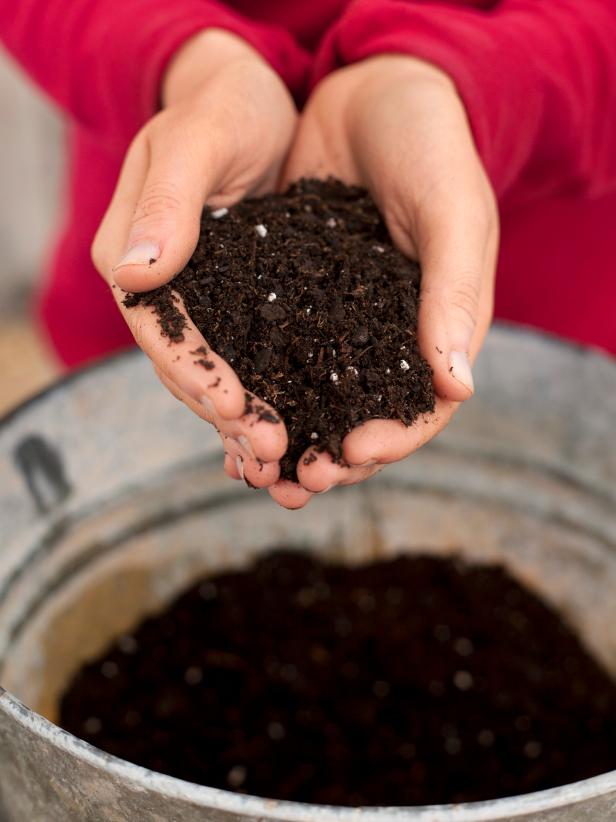
Potting Soil: Best for Containers
Potting soil, which may also be called potting mix, isn’t actually soil at all. (Surprise!) Soil comes from the earth as a mixture of organic materials (decomposed plants and animals) and minerals (like ground-up rock and clay) as well as air and water. On the other hand, potting mix is a man-made mixture composed of natural substances, typically composted bark (such as pine), peat moss and minerals such as vermiculite and perlite. Those little white specks in potting mix? That’s perlite, a natural volcanic substance that helps with aeration, allowing movement of water and air through the “soil.”
Potting mix is the ideal choice for growing plants in containers (also called pots or planters) because it’s lightweight and provides good drainage. Heavier soils hold water more than potting mix, and plants that sit in containers filled with heavy, wet soil can get root rot and a whole host of other issues. It's much easier for you and better for plants to grow in containers using potting mix.
A good potting mix will:
- Be lightweight and fluffy
- Help get moisture and nutrients to the roots of your container plants
- Provide enough air in the container so that roots don’t rot
- Support plants so they aren’t susceptible to damage from wind.
Purchasing Potting Soil
Potting mixes are available for purchase from a variety of companies. Most contain similar ingredients in a similar ratio, but some may tout other benefits such as included fertilizer or water retaining crystals. Be aware that if your mix contains these additives, you’ll need to adjust how you care for plants. For example, if your mix touts moisture retention, you may need to water less or else you’ll overwater and negate the positive effects of using potting mix. If your mix contains fertilizer, you may want to hold back on adding more fertilizers, especially at first.
Make Your Own Potting Soil
As the ingredients in commercial potting mixes are also readily available, you can also buy the individual ingredients and make your own potting soil. A general rule of thumb is three parts moisture-retaining substance like peat or ground bark to one part aerating substance like perlite; so, for example, 3:1 peat to perlite. Making your own mix is as simple as combining these materials together in the right ratios. You can also add some fertilizer to your mixture. If you are growing plants that prefer acidic soil, like blueberries, you might use pine bark with, or in replacement of, the peat.

Shutterstock/stockcreations
Garden Soil: For In-Ground Gardens and Raised Beds
Soils sold as “Garden Soil” are typically a mixture of topsoil and other ingredients like peat, bark and compost that help with moisture retention and vermiculite or perlite that help with aeration. You may see garden soils labeled as “For Trees and Shrubs” or “For Vegetable Gardens.” That just means that the particular mix of materials in that soil is better suited for growing those specific plants.
The major difference between garden soil and potting soil is the addition of topsoil. Topsoil is harvested from the first layer of soil on the earth, and then is sifted to remove large rocks and other debris, creating a fine, smooth soil. But topsoil can be dense, heavy and not especially rich in nutrients, so it’s not recommended alone for gardens; it can, however, be a good ingredient for garden soil when combined with other, more nourishing materials.
Because it contains topsoil, garden soil is typically too heavy for container gardens. Instead, it is recommended for in-ground gardens and raised beds. Garden soils can be mixed with soil in the ground using a tiller or shovel to improve the native soil. Depending on your soil type, you may also want to mix in other amendments like compost or ground bark.
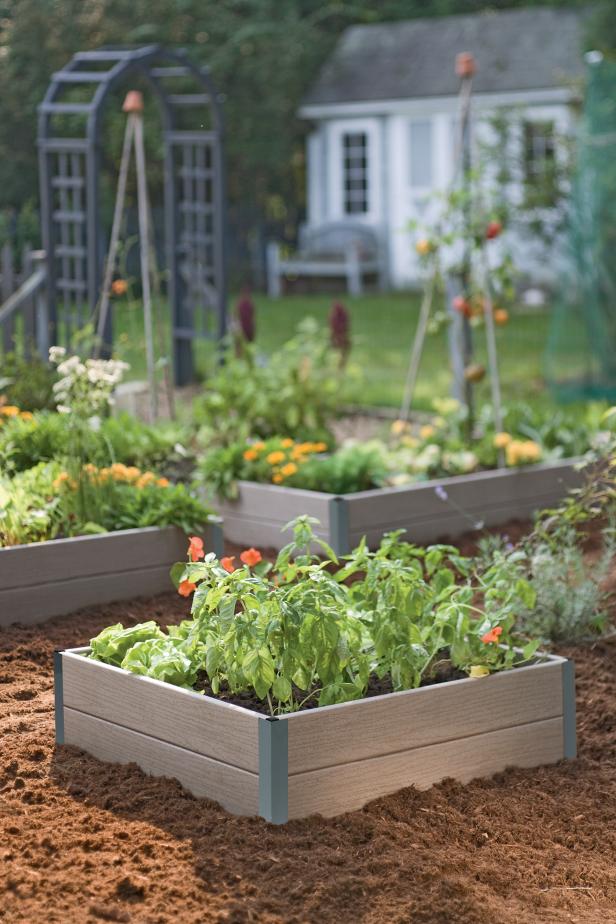
Photo courtesy of Gardener's Supply Company
Raised Bed Soil: Where Garden Soil and Potting Soil Combine
Raised beds aren't necessarily permanent but they're not mobile like containers either, so a midweight soil is the best bet for this popular garden type. To achieve that, garden soil may be mixed with compost and potting mix to provide a lighter, more suitable mix for raised beds. In recent years, these mixes have been sold as “For Raised Beds.” Just as with potting mixes, you can purchase bagged raised bed soil already mixed, or you can make your own by combining regular garden soil with potting mix. You want to use far more garden soil than potting mix, around a 5:1 ratio. You can also make your own raised bed mix by mixing all the individual parts of garden soil and potting soil, so topsoil, bark or peat, compost, and perlite or vermiculite. The best approach, like anything with gardening, depends on your own location, time and budget.
